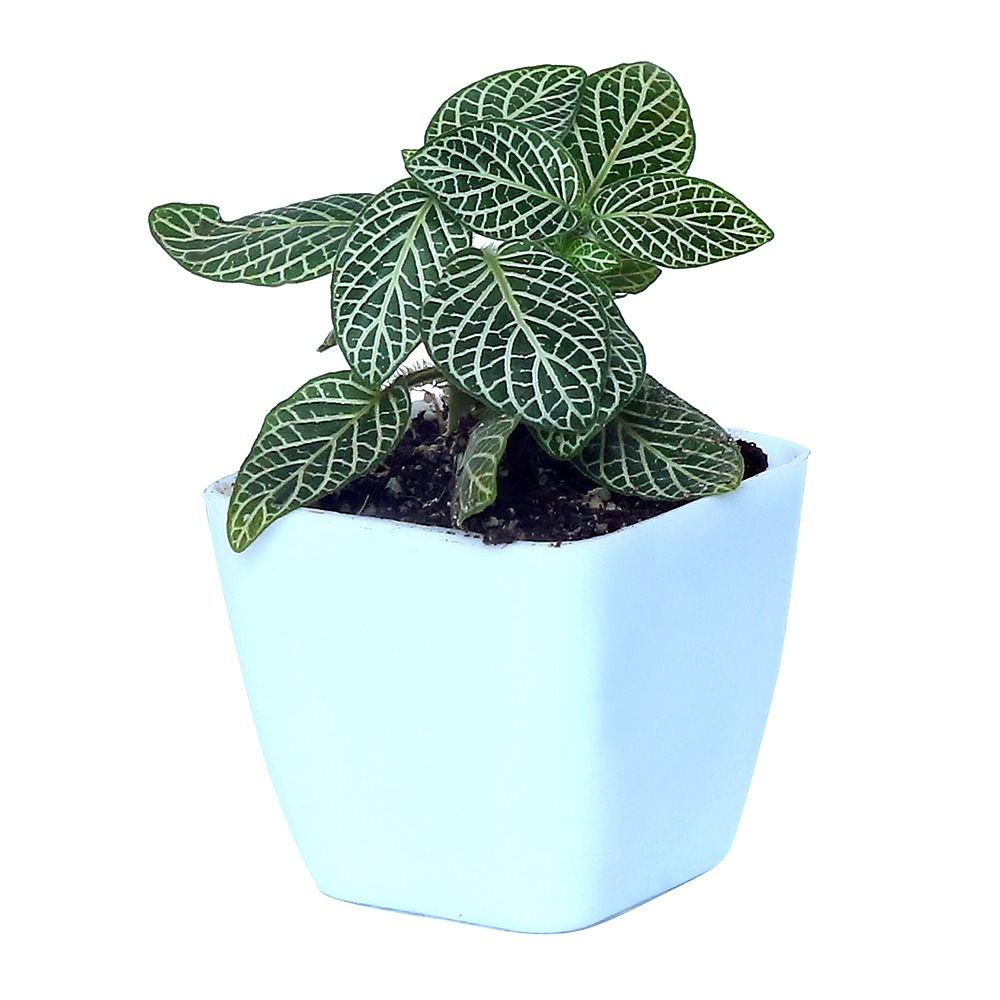Your Aquarium, Delivered.
Looking to build your dream tank? You've come to the right place.
Bunnycart is India's leading aquarium online store - trusted by hobbyists, beginners, and pros alike.
What You'll Find Here
- Live aquatic plants, fresh from our own farm
- Easy-to-grow tissue culture plants
- Healthy, active fish from our online aquarium fish store
- Smart tools and accessories to complete your setup
Why Bunnycart Works
- We're not just an online aquarium store - we grow what we sell
- Expert packing and shipping for live arrival
- Doorstep delivery across India
- Free delivery for Plant orders above ₹ 499
Start Small. Grow Big.
- Pick your plants
- Choose your fish
- Place your order through our aquarium shop online
- Watch your tank thrive
Simple. Safe. Delivered.
You don't need to visit five stores. You don't need to guess what works. With Bunnycart, you get everything in one place - straight from India's most reliable online aquarium store.
Build better tanks. Shop smarter. Begin now with Bunnycart.
Customer Reviews
Testimonials

Good service with excellent packaging!
Rohan Sengar

Hi Last week I had ordered for plants were live in active and healthy condition . Great and very good packing . Internal filter was so much cheap then other, Overall a really good experience.
Eahsanuz

The packaging was good and the plants were delivered in very good condition. Keep it up.
Bedabrata Sarma

I wanted to take a moment to express my sincere appreciation for the outstanding quality of aquarium plants I received. The plants arrived in excellent condition—healthy, vibrant, and clearly well cared for. It's evident that great attention goes into your cultivation and packaging process. Thank you for your dedication to quality. I look forward to continuing our association and will certainly recommend your services to others in the aquarium community.
Akshay Lale

You guys rockzzzzzz. Very pleased with the response i got today from bunnycart help desk and aquarium consultant . From now Bunnycart is my first choice to buy aquarium related things. Very innovative idea... keep doing great
Paranji Gowtham

Perfectly packaged and delivered the items. Great Shopping Experience
Sarath Purushothaman









